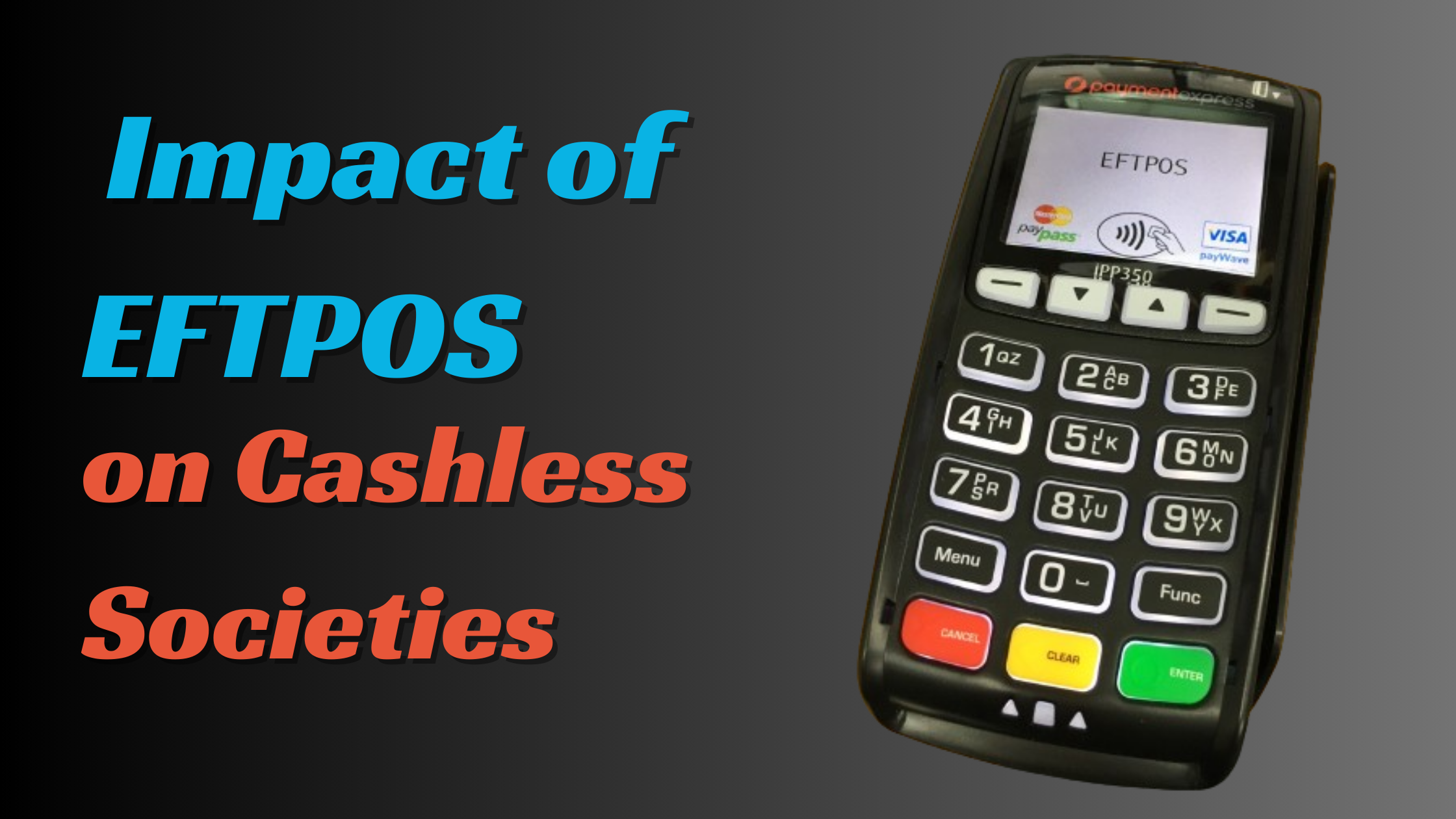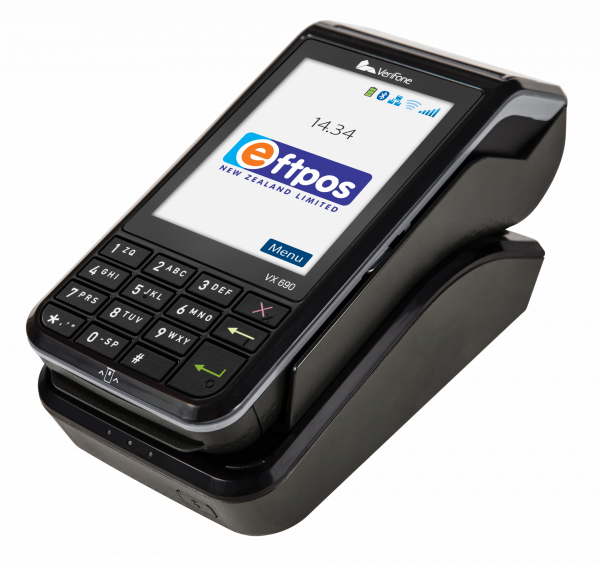The Impact of EFTPOS on Cashless Societies
EFTPOS has been a part of New Zealand’s vibrant economy for years. EFTPOS stands for Electronic Funds Transfer Point of Sale, and currently, New Zealanders are using this mode of payment regularly. Whether you are buying a costly good or something as simple as a cup of coffee, you’ll see that most customers still prefer paying through EFTPOS.
It might surprise you that the electronic POS payment system will have completed forty years in force since 1985 by next year. Today, electronic POS fund transfers process billions of transactions annually throughout the country, making the payment process swift and easy. Some people may still have apprehensions about it, but that figure is negligible.
Overall, the impact of EFTPOS on Cashless Societies, including New Zealand, which is likely to become a cashless society sooner than later, has been more or less positive. Moreover, the trend of transacting over POS is expected to stay here longer. With more secure online transactions and encrypted technology, the electronic payment system is a win-win for both customers and sellers.
A Brief History of EFTPOS: How It Revolutionized the System
The electronic fund transfer system was launched in 1985. Still, by 1989, banks realized that, though they made transactions at POS easy and simple, the banks that issued the cards and authorized the ensuing transactions were at the receiving end. For each transaction, the bank had to incur an expense towards empowering and processing the transaction.
Soon, the nation’s four major banks joined hands and formed Electronic Transaction Services Limited to minimize their cost of operation and recurring expenses relating to electronic fund transfer by optimizing the economy of scale. ETSL is now working as Worldline.
Fast forward to now, and you might be surprised that most people living in New Zealand now prefer to make cashless transactions to purchase goods or services. A recent Reserve Bank of New Zealand survey offers insights into people’s preferences.
So, the electronic payment system is here to stay. More and more retail outlets are now integrating POS into their business processes for seamless transactions from customers without any hassle of manual dealings in currencies and notes.
Emerging Trends in Electronic POS Payment
Biometric EFTPOS
As the name suggests, using biometrics in payment transactions at retail outlets has been a breeze for customers. Customers only need a fingerprint or face scan to complete the process. The trend of biometric electronic transfer has already started in the UK, Japan, England, and even the US. It’s likely to be replicated across New Zealand.
Mobile Pay
The use of advanced EFTPOS terminals at big retail outlets enables users to easily save their debit or credit card details on their smartphones and use the device for making payments—using cards is unnecessary. Save your card details once, which can be used for future payments via mobile pay at these shops. Mobile pay is the latest addition to Electronic POS fund transfers in New Zealand.
Online EFTPOS
Just like mobile pay, another type of POS payment is online EFTPOS. However, instead of using your device for payment, you have to use specialized banking apps to effect the transaction. It means you can easily buy goods and services by making payments using tablets or laptops.
The Overall Impact of EFTPOS in New Zealand
No doubt, the application of EFTPOS has greatly benefited the business scenario across the island nation. Close to 85,000 retail merchants are using EFTPOS across the country. One of the major cities in New Zealand that has been at the forefront when it comes to electronic fund transfer is Hamilton. The inland city on the banks of the Waikato River in the North Island contributes about 4% to the country’s GDP, as per the Statista Report of 2015. Therefore, EFTPOS Hamilton is quite a craze among the residents of Hamilton.
Key Benefits of Using EFTPOS
For Customers:
Customers can easily complete purchase transactions using their credit/debit card details at EFTPOS-enabled machines. Thus, customers no longer need to carry much cash in their pockets. Through the use of the electronic fund transfer system, writing checks is also not required. Once the payment is processed at the machine, it works at lightning-fast speed, and the transaction completes within a few seconds.
It is highly convenient and saves customers from making manual errors that people sometimes make while counting currency notes.
For Merchants:
Starting from improved sales to better accounting record management, EFTPOS helps shop owners in many ways. With more customer footfall, retail outlets are likely to sell more. Overall, electronic payment is prompt, safe, and secure.
In Conclusion
If you are a business owner looking forward to improving your sales figures, don’t delay. The EFTPOS terminal is an advanced gateway technology with many exciting features and advantages. Make the best out of it.
Integrate the contactless payment process using EFTPOS at your retail outlets and contribute to New Zealand’s robust economic development and growth.


















